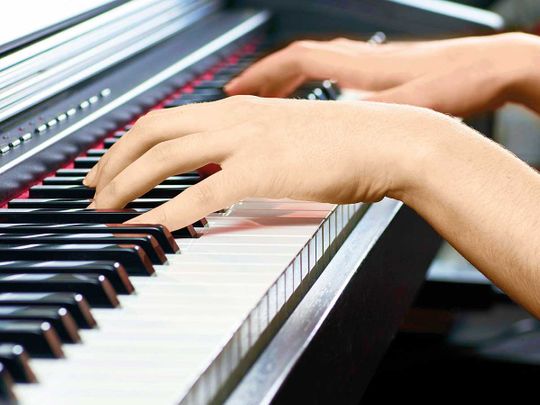
Chris Harrison, Assistant Professor in Human-Computer Interaction Institute (HCII), Carnegie Mellon, and Gierad Laput, HCII PhD student, found that studying the various hand activities brought them to broadly segregating them into three types:
Atomic hand activities: These are hand movement that cannot be broken down into distinct stages. For example, wiping, scratching.
Examples of everyday atomic hand movements are:
- Hands Still/Idle
- Scrolling on Trackpad/phone
- Typing on Keyboard
- Swaying (while locomoting)
- Typing on Phone
- Moving/clicking mouse
- Playing Piano
- Using Scissors
- Chopping Vegetables
- Using Spoon (eating)
Compound: These are atomic hand activities that have multiple stages of movements to achieve a single purpose, such as eating and cooking. For example, the purpose of cooking in the which the hands engage is a combination of many atomic hand movements such as chopping or peeling vegetables.
Examples of everyday compound hand movements are:
- Sign Language
- Washing Dishes
- Putting on clothes
- Showering compound
- Dancing compound
- Cleaning compound
- Putting Away Clothes
- Doing Makeup compound
- Kickboxing compound
- Gesturing (while speaking)
Ambiguous: These hand activities could involve diverse appoaches. For example, when the hands open a bottle, they can either twist the cap off or use a bottle opener, which involve different movements though towards the same goal.
Examples of everyday ambiguous hand movements are:
- Shaving
- Counting notes
- Adjusting watch
- Putting on jacket
- Putting on lotion
- Stretching
- Searching pocket
- Opening door
- Closing door
- Reaching for an object
(Source: Sensing Fine-Grained Hand Activity with Smartwatches Gierad Laput and Chris Harrison, Carnegie Mellon University, Human-Computer Interaction Institute (HCII), 2019.)












